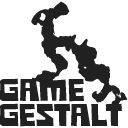»We work project based with interdisciplinary teams. Throughout quite some years of experience in gamedesign and developement we fortunately established a reliable and fun-to-work-with network of highly qualified people.«
Lev Ledit
Founder & CEO of "GAME GESTALT GmbH"
Lecturer Game Design
(University of Vienna, Danube University, Universities of Applied Sciences, Wien, Graz, Hagenberg)
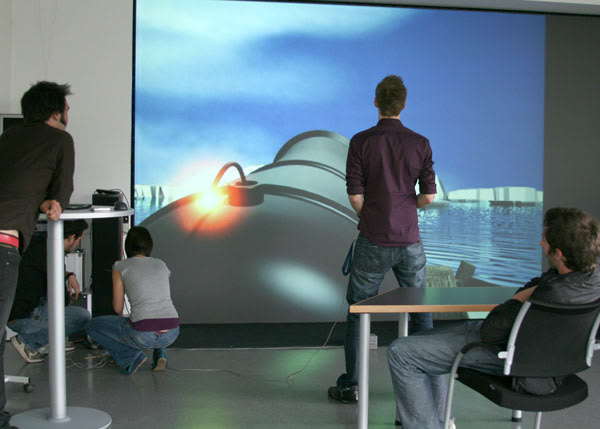
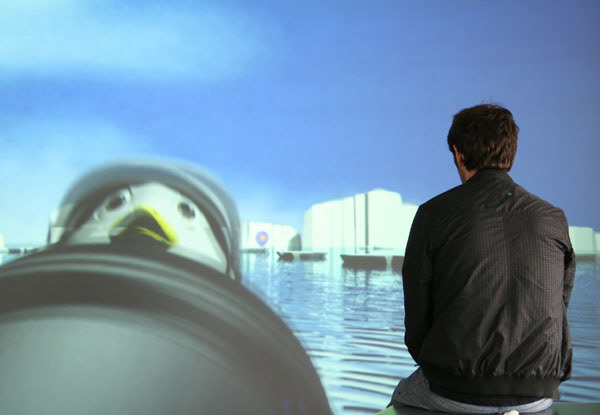

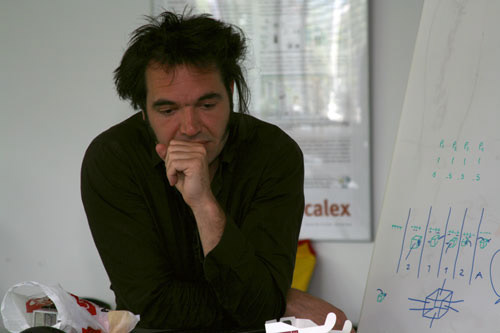
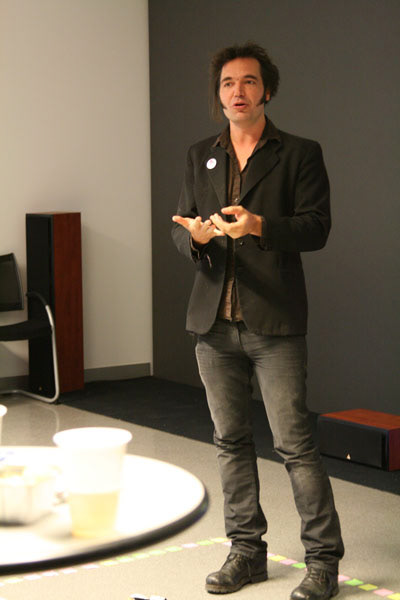

Teaching and Gamedesign Philosophy
The motivation for playing games is a natural trick of letting learning happen. Teaching game design, from this perspective, should follow its own traits. It is concerned with the question of how a system can be constructed in which we learn how to construct a system in which we want to learn. To make that simple, I use game mechanics throughout all my courses.
Basic meaning of playing
The second pillar is the basic meaning of playing, which is a way to let us understand the world, to motivate people to find patterns in the torrents of data that our senses have continued to provide us with since birth. Understanding how deeply involved this is in our perception of the world, of how to communicate how to make sense of anything leads to the fact that these playing mechanics motivate some of the basic structures of our society, such as money, technology, mathematics, programming or school marks.
All these systems have two things in common: they evaluate human actions in a way that is believable for the acting individuals and they give the people a simple understanding of what they can do to achieve a good evaluation.
This deep involvement in such natural procedures that are part of every single human life and our entire society means a great deal of responsibility on the part of game designers.
Story
The third pillar is the emotional pillar; it is centered around the story. We think in stories and pictures and we construct incredibly sophisticated models of the world. such as the concept of friendship, the concept of feelings, of ethics and language, of our selves as part of a society and this leads to awareness. At least hypothetically.
But stories and games, on the other hand, are completely opposite in their basic functions as a medium. A story is a construct, created to be followed most accurately based on the path created by the writer,whereas games are systems created to give the player meaningful and interesting free choices. We need stories in games, and for good reasons.
A story can be utilized to set up a meaningful and therefore emotional area in which the player is free to act and to let that acting be part of a learning experience.
“every learning experience involves emotions. We are only able to learn when the so-called emotional centres in the brain are activated. These centres release neuroplastic messenger substances enabling what has been learned to become anchored in the brain”
(Gerald Hüther , Neuroscientist).
This is probably the reason why young dogs play around by fighting with their fellow dogs in a way that they seem to believe themselves as bad and aggressive dogs.
And what does all this high-level philosophy have to do with actually making games?
–
The best tutorial is a well-balanced game mechanic of finding out how the game works.
–
Game designers should not try to tell a story but to let players have experiences and these experiences can come from their own well-known history and understanding.
–
Good game design is not about points and time-pressure, but it’s all about meaningful feedback.
–
Examples for very good and widely known games are “Journey” and “Civilization”.
Experience in Teaching
2010–now
“Game Design”, University of Vienna
2007–now
„Game Design“ at Vienna University of Technology
2009–now
„Game Design“, „Development Project“, University of applied Sciences Vienna
2004–now
“Game Concepts and Design”, University of applied Sciences, Hagenberg
2004–now
“3D Media Design / VR Design“, University of applied Sciences Joanneum, Graz
Production of over 250 finished and completely playable student-games.
Professional Experience
2011 – now
Lead Gamedesign at Game Gestalt.
Cognition, Regiodrom, Planspiel, Minty Toons and many more
2007–2013
expert for the Austrian government for computer games evaluation
(BUPP)
2006–2011
CEO and Lead game design at Avaloop, Immersive Worlds, Papermint.
2005–2006
Rockstar, Leveldesign for “Man Hunt 2” Playstation/X-Box, 2006 Take Two
2003–2004
Planning and Production of the media part of INATURA and Plansprachenmuseum
(Austrian National Library)
2002–2003
Creative Director for “Trebis”, EU funded rich media information and gaming system for biodiversity data.
